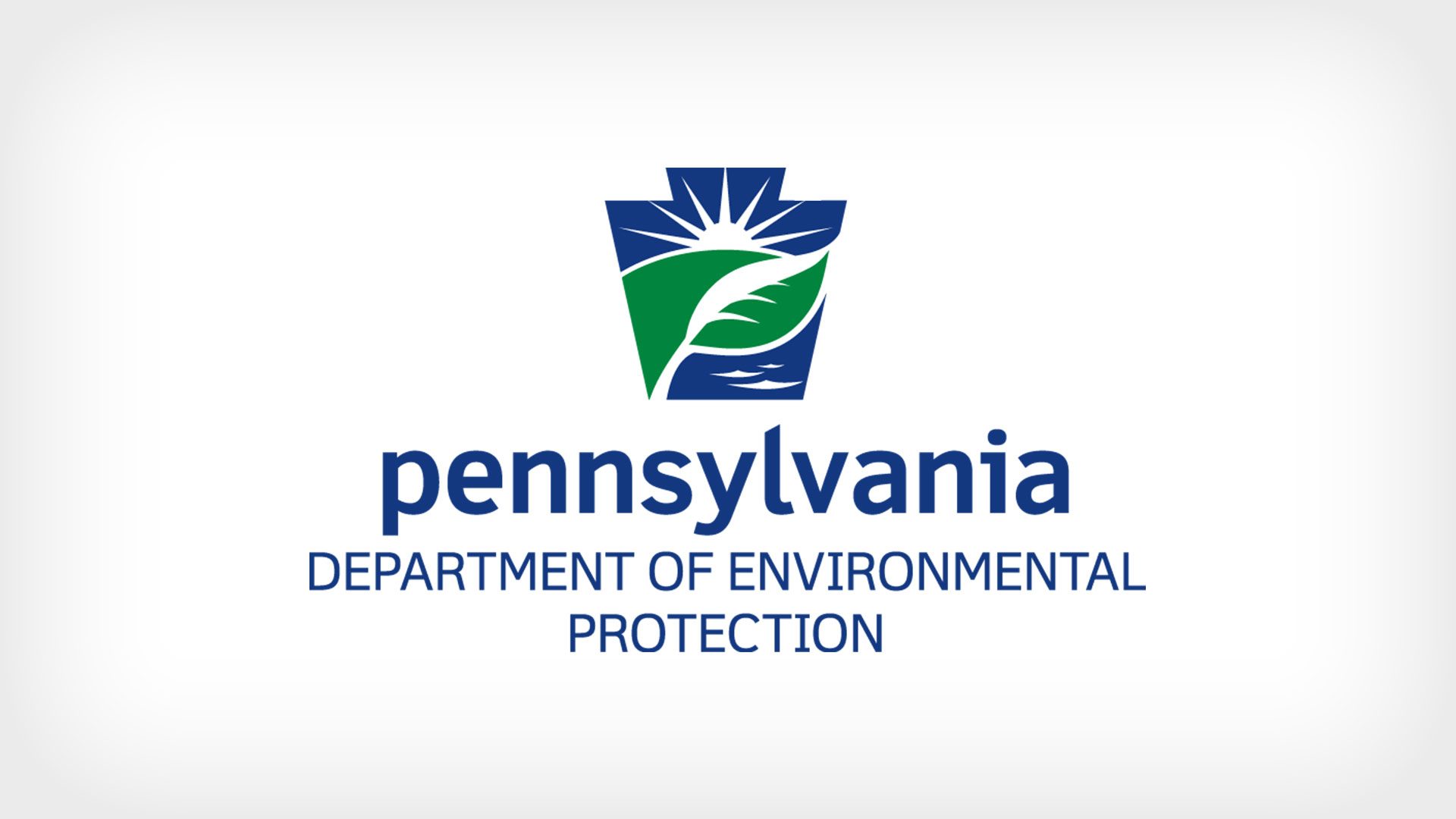The following are suggested comments to the ongoing Department of Environmental Protection’s (DEP) Office of Environmental Justice (EJ) program to update their public participation policy:
Here’s their current policy and the policy revision page and timeline.
Information Access
- Develop an easy to find website for permits affecting an EJ community, listing all pending and upcoming permit actions, opportunities to request hearings, plain-language explanation about what facility types mean (i.e. call incinerators incinerators, not “waste to-energy” facilities or other PR terms or company preferred narratives).
- Permit EJ and other environmental or civic organizations to register as stakeholders for any given facility. If they do, their name, contact info and website (including link to web content specific to the facility) should be made available as reference material on the DEP webpage relating to that facility.
- Have a simple Google Map interface to DEP-regulated facilities where users can find any facilities that DEP has files on (whether existing, proposed or closed/withdrawn) and allow users to click through from the facility’s map marker to the digital documents DEP has on the facility.
- Connect such facility data to any emissions databases or waste receipt information. For waste facilities, make available charts showing the trends of how much waste the facility takes of which type, from which locations.
- Make health statistics available on PA communities, overlaid with the facilities map, as well as race and class data, as can be found on www.justicemap.org.
- Require that all documents submitted to DEP by a polluter are submitted electronically, that all electronic files are organized and retrievable by Records Management, and that all non-confidential parts of documents are made available online for public viewing.
- For EJ communities where more than 10% of the community does not speak English as their primary language, make all permit documents available in that language throughout the entire permitting process.
- When dealing with facilities in close proximity to prisons, recognize prisons as EJ communities and develop a process for involving prisoners, including giving them access to relevant documents and rights to participate in public meetings and hearings.
Interaction with Community
- Do away with gatekeeper organizations like the Chester Environmental Partnership, and open up all communications with perceived community leaders to anyone in an EJ community that wants to be in the information loop on permits or other activities that impact them in any way.
Permitting
- As required by the Principles of Environmental Justice, require a needs assessment for any new permits, with public hearings on whether the facility, process, or permit is needed.
- If a need is established, require alternatives assessments, also with public hearings, on whether there are safer/cleaner alternatives that could meet the need.
- For any hearings on permits, ensure that all residents whose properties touch any point within one mile of the polluter’s property get notified directly by mail. Apartment dwellers must be notified individually, as notification to their landlord is not sufficient.
Meetings
- In meetings, DEP must be the neutral body, not apologists for the polluters. If the polluter is allowed to give any presentation or have information tables available, DEP must allow community and environmental organizations to have equal space and time, if requested, in order to provide a counterpoint.
- Drop participation requirements that are barriers, such as signing up to speak in advance, or for comments to have to be in writing in triplicate. Short time limits for speaking must be extended to make it easier on those who are not native English speakers, or who are less articulate.
- Hold all EJ meetings as close as possible to the affected community. No more “EJ” meetings 5 miles away in a white suburb, as was done in Erie.
Studies & Cumulative Impacts
- Do an analysis of health statistics in EJ vs. non-EJ communities in PA to show health disparities.
- Report to the legislature on the need for DEP to have authority to limit permitting of sources in communities where there are health disparities and where they already bear the brunt of cumulative impacts of multiple pollution sources.
- As part of any permitting in EJ communities, conduct a cumulative impact and health disparity analysis to be made available prior to evaluating technical merits of permit applications.
After you’ve submitted your comments, please join our efforts or make a donation. We welcome any support you can provide.

